The mysterious oceans have long held a fascination with stories of epic battles between nature’s giants. Along the coastline of California, a silent war is unfolding beneath the waves between two of the ocean’s most formidable predators: orcas, also known as killer whales, and great white sharks. This unexpected interaction is captivating both scientists and the public alike. What drives this epic encounter, and how are the orcas outsmarting the commanding presence of the great white sharks?
The Oceans Apex Predators

Both orcas and great white sharks have earned their reputations as apex predators within the marine ecosystem. These giants of the deep are fierce hunters, utilizing their impressive size, speed, and intelligence to dominate the food chain. While sharks have long been viewed as the ultimate predators, the rise of orcas in their hunting grounds is challenging this assumption.
The Historical Context

The dynamic between orcas and great white sharks presents an intriguing shift in an ancient hierarchy. Historically, great white sharks patrolled the waters off the California coast with few natural challengers. However, in recent years, researchers have observed a notable change: the rise of orcas as dominant over great white sharks in these shared waters.
Unique Intelligence The Orca Advantage

One of the primary reasons orcas are gaining the upper hand in these encounters is their unparalleled intelligence. Orcas are highly social animals, often hunting in pods with intricate coordination. Their ability to communicate efficiently and implement complex hunting strategies gives them a significant advantage over solitary predators like the great white shark.
The Role of Diet and Hunting Techniques
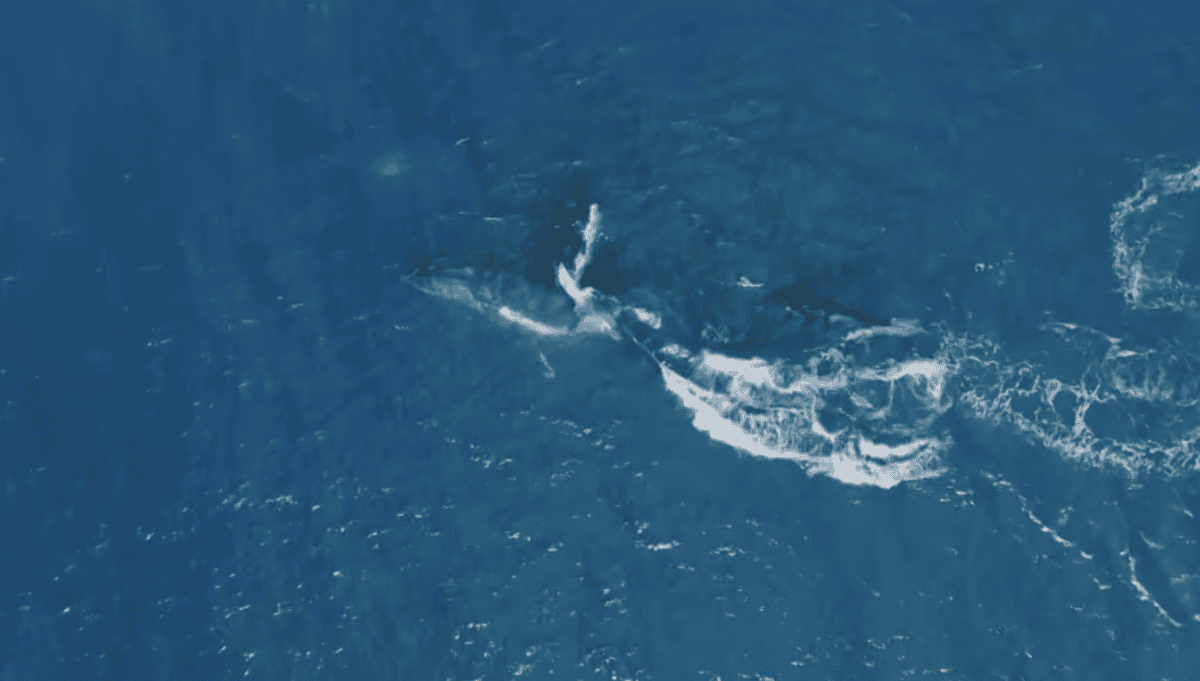
Orcas have a diverse diet that includes everything from fish to seals, but their interest in the livers of sharks, including great whites, is particularly notable. This preference is driven by the liver’s high fat content, making it a rich energy source. Orcas have perfected a technique for extracting the liver with surgical precision, often leaving the rest of the shark untouched.
Understanding the Tactics Orcas Targeted Approach

Orcas employ a strategic approach when targeting great white sharks. They use a combination of ramming, flipping the sharks to induce tonic immobility—a state where the shark is temporarily paralyzed—and then delivering a precise bite to access the liver. This combination of tactics showcases the orcas’ strategic brilliance and adaptability in hunting.
Temporary Displacement of Sharks
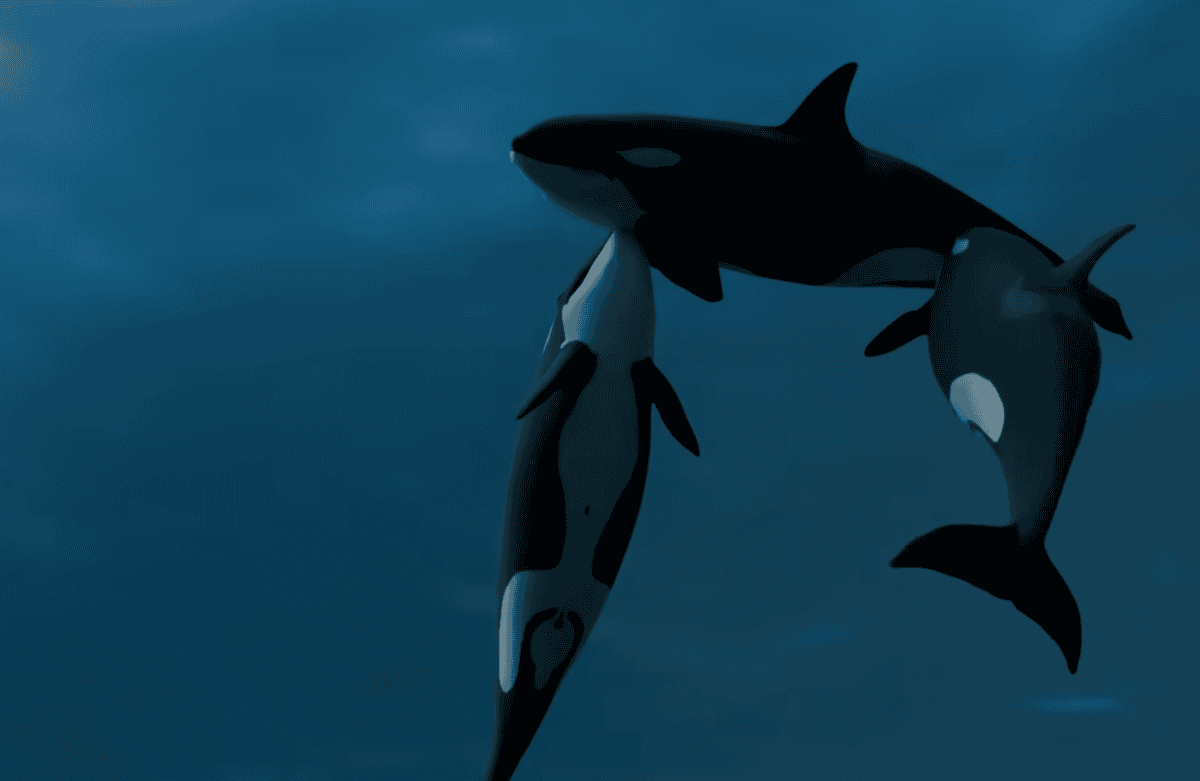
When orcas are present, great white sharks often vacate their typical territories, sometimes forextended periods. This displacement is presumably in response to the immediate threat posed by the orcas. Several studies indicate that even a single orca presence can lead to significant shifts in shark movement patterns as they seek safer waters.
Learning from Experience Sharks Evolving Responses
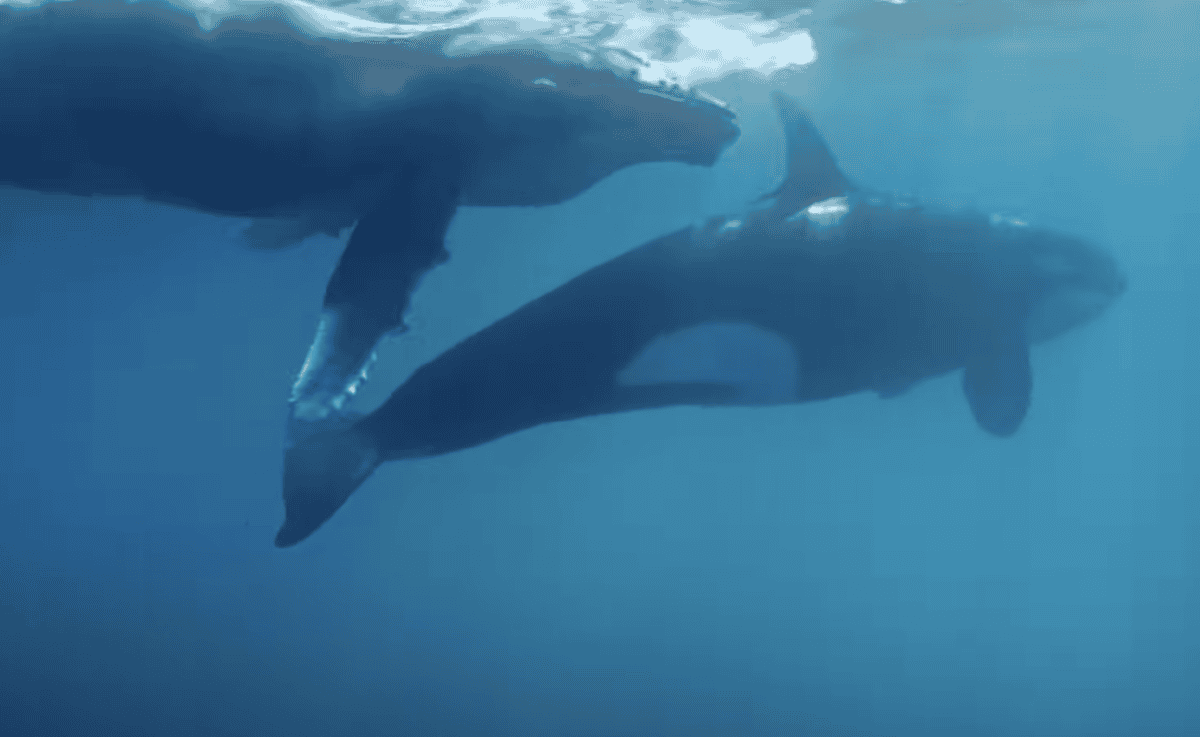
Great white sharks are not entirely defenseless. Over time, there’s evidence that their behaviors are adapting in response to the threat posed by orcas. They are changing their migration patterns, staying in deeper waters, or traveling in groups to minimize encounters with orcas, demonstrating an evolutionary adaptation in progress.
The Impact on Ecosystems
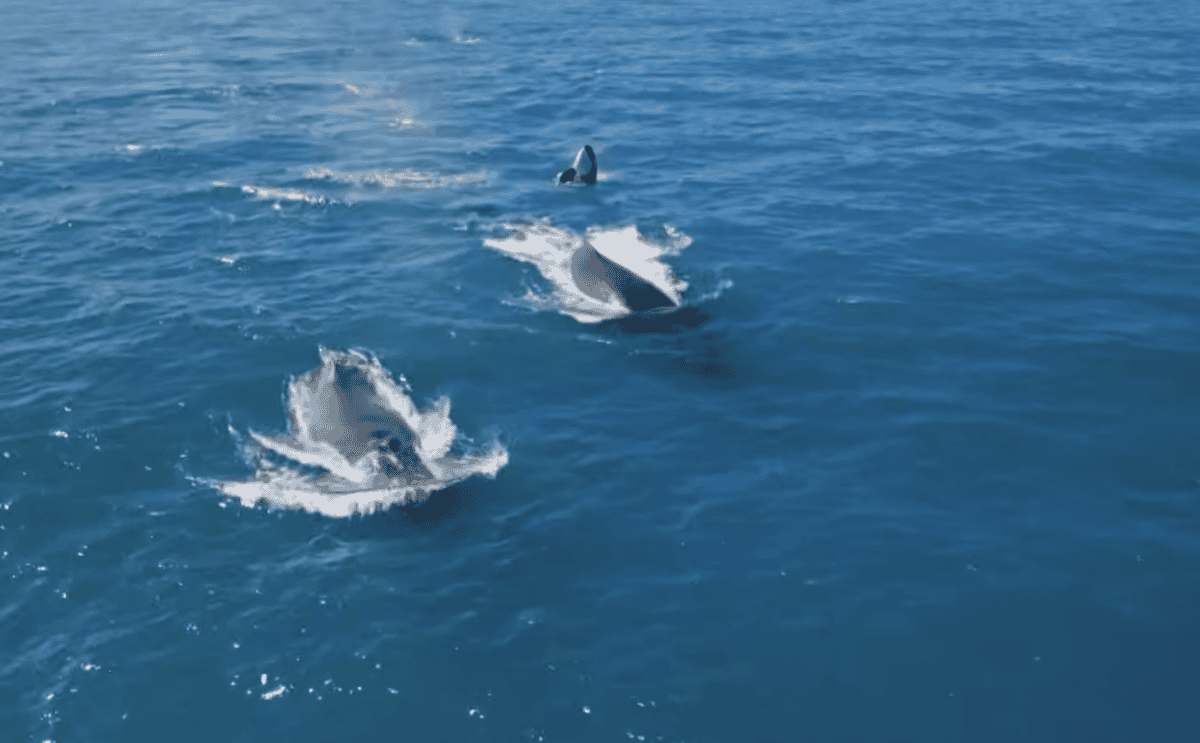
The interaction between orcas and great white sharks has broader implications for marine ecosystems. The temporary displacement of sharks can lead to changes in prey populations, with ripple effects that alter the balance of marine life. Ecologists are closely monitoring these changes to understand the long-term impacts on the local biodiversity.
Contributions to Marine Research
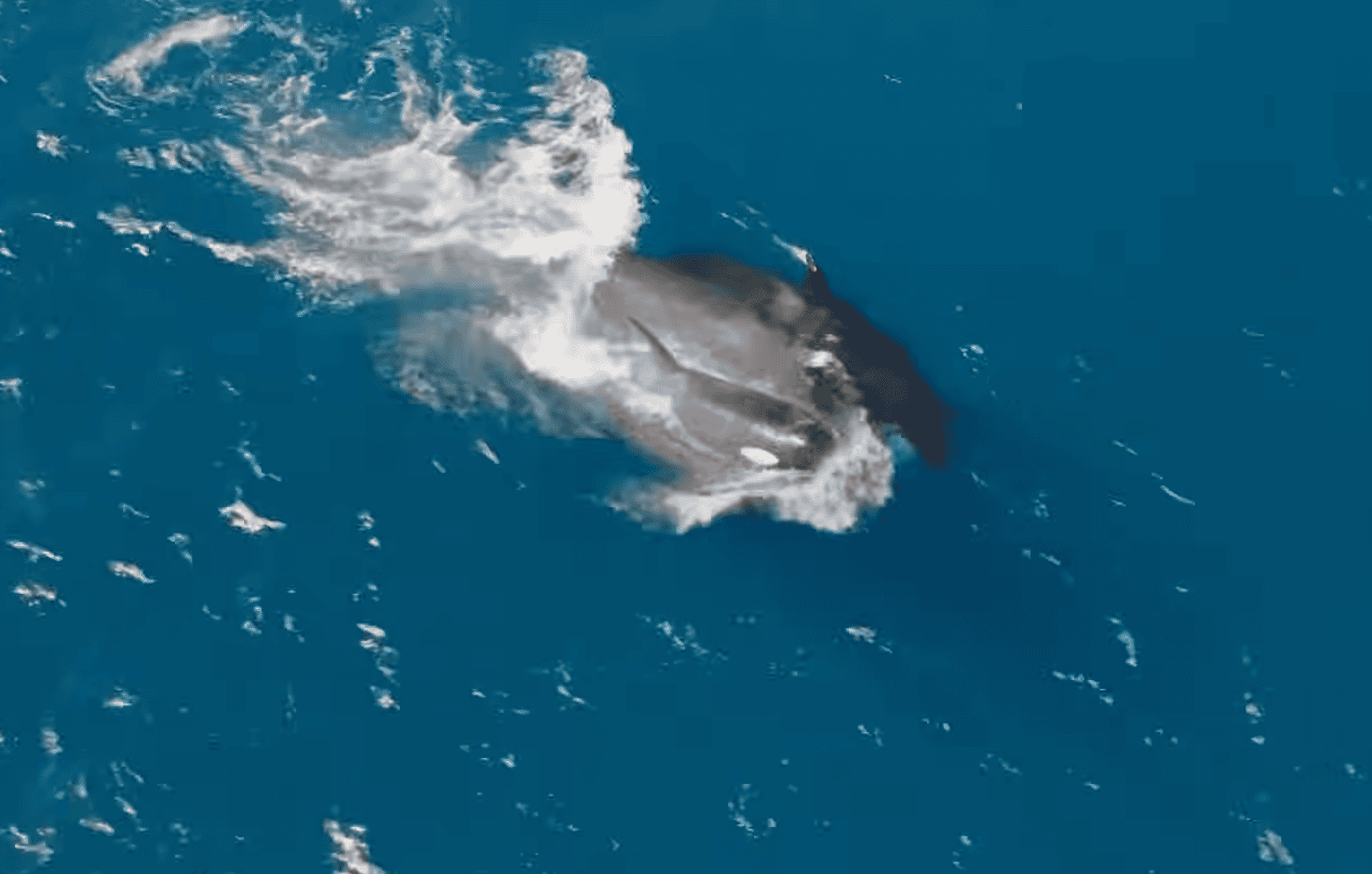
The ongoing battle between orcas and great white sharks is providing valuable insights for marine researchers. Observing these encounters helps scientists to better understand the complex social structures and survival strategies employed by both species, contributing to broader knowledge of marine predator-prey dynamics.
Human Perspectives and Conservation Efforts
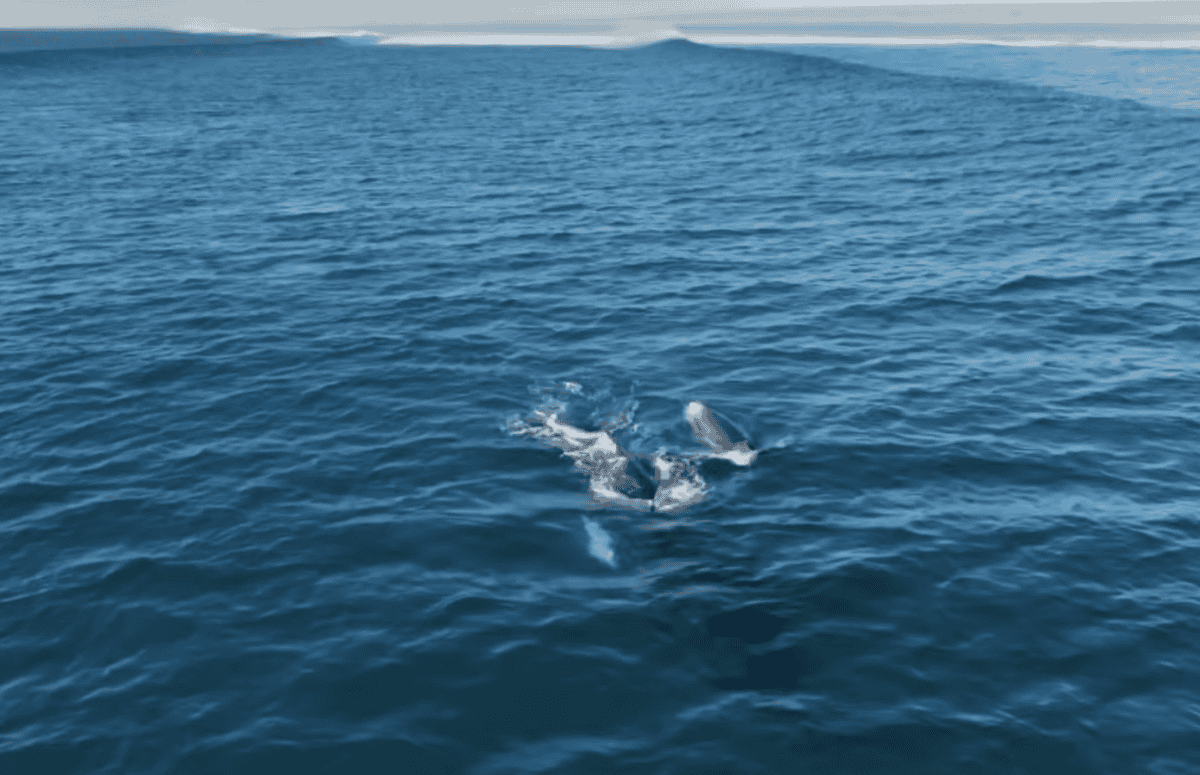
This newfound understanding has implications beyond academic circles. With the public’s fascination growing, there’s increased interest in conserving these species and their habitats. Human activities such as fishing, pollution, and climate change continue to threaten both orcas and sharks, emphasizing the need for ongoing conservation efforts.
The Role of Technology in Observing Interactions

Advances in technology have played a significant role in unraveling the complexities of orca and shark interactions. Tools such as satellite tracking, drones, and underwater cameras provide researchers with unprecedented access to real-time data, furthering our understanding of these dynamic encounters in deep waters.
Education and Public Awareness
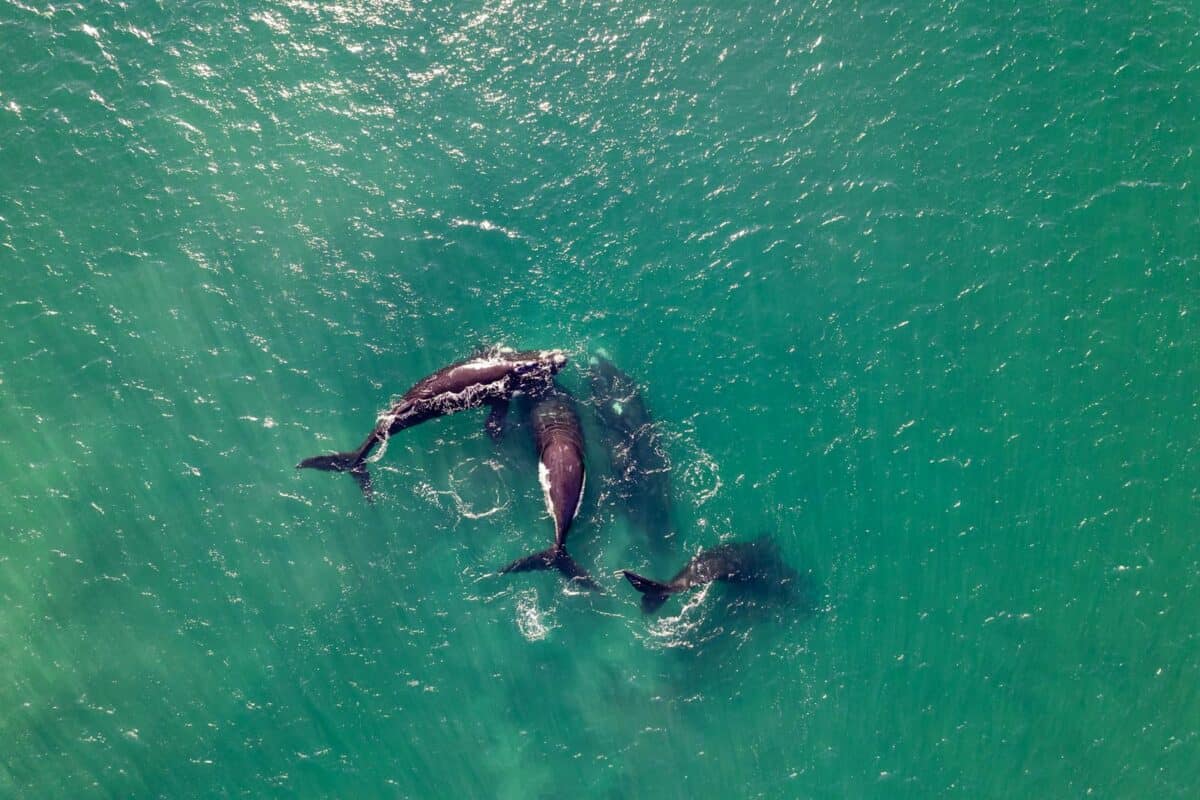
Beyond the scientific community, raising awareness about these interactions and their ecological significance is essential. Educational campaigns and media coverage are crucial for promoting public interest and understanding, inspiring more sustainable interactions with the oceans.
Conclusion: An Ever-evolving Dance
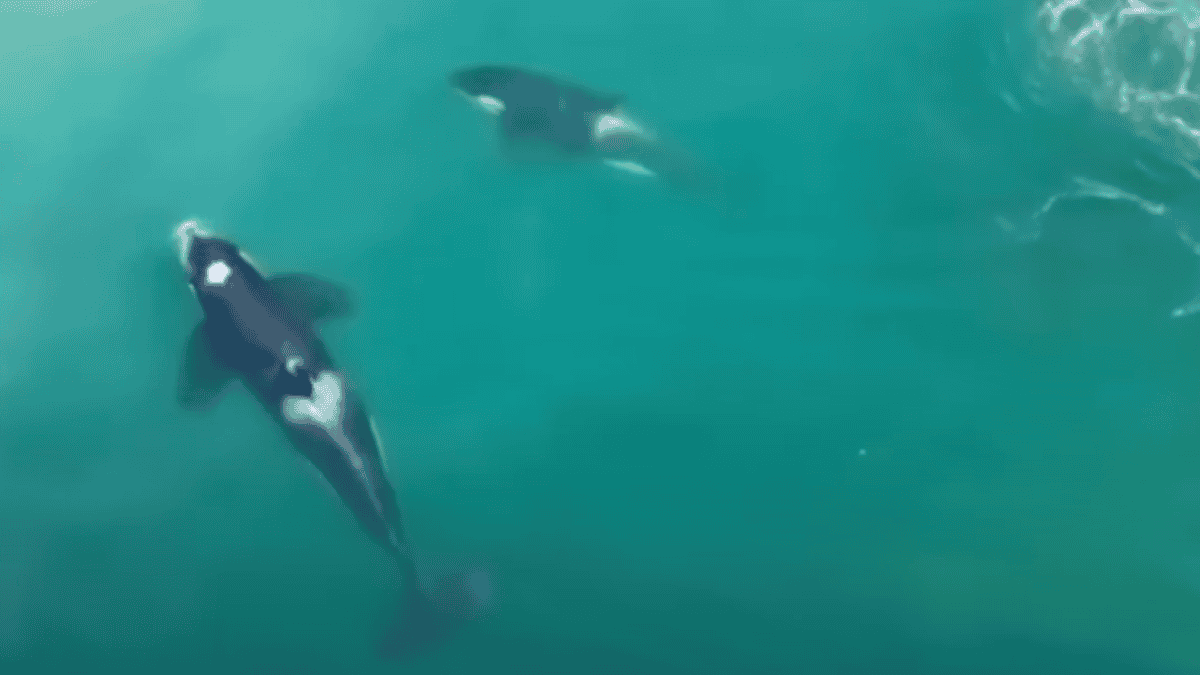
The interactions between orcas and great white sharks off the California coast paint a vivid picture of nature’s complex and shifting dynamics. As orcas continue to outwit and challenge the great white sharks, each encounter adds a chapter to this evolving narrative of survival and adaptation. By observing these giants’ behaviors and understanding their impact on marine ecosystems, we gain insights into preserving the delicate balance of life within our oceans.
- Why Orcas Are Outwitting Great White Sharks Near the California Coast - August 9, 2025
- 12 Reasons Idahos Dogs Might Be the Happiest in the U.S. - August 9, 2025
- 14 Rare Horse Breeds You Didn’t Know About - August 9, 2025

